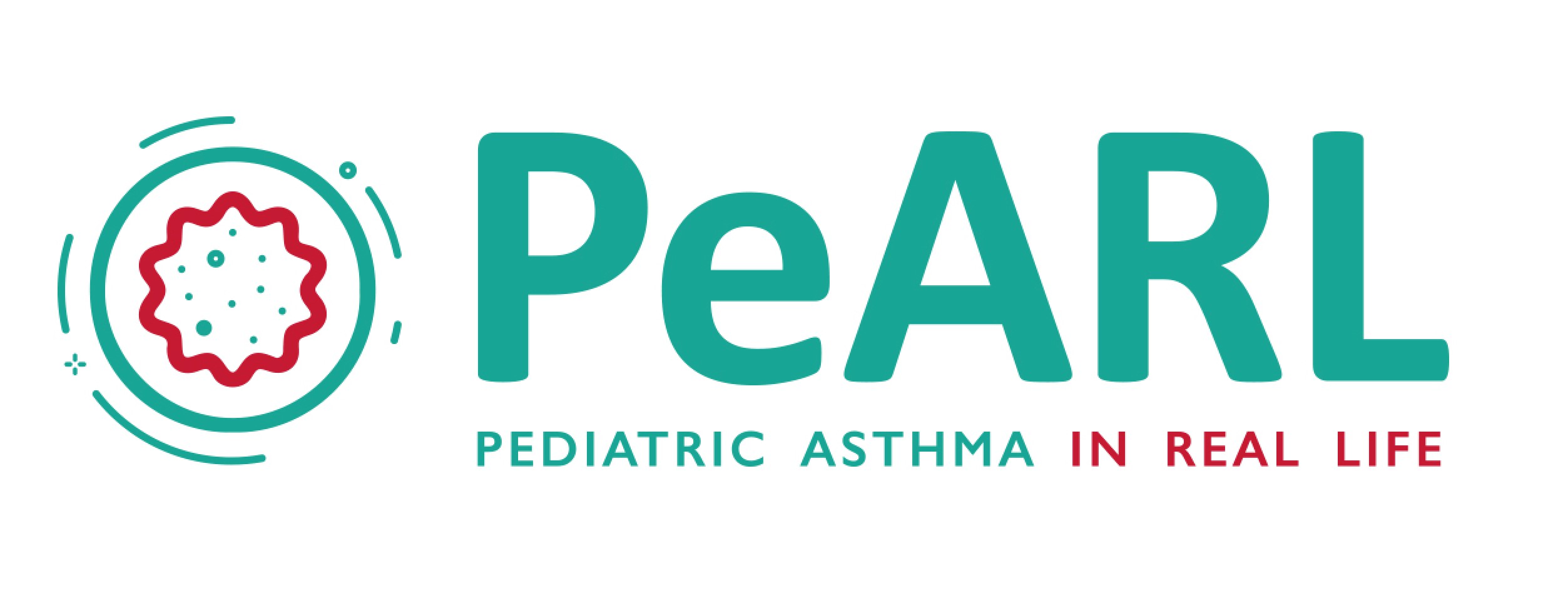Objective of PEARL
The overarching objective of the Paediatric Asthma in Real Life (PeARL) Initiative is to identify and address key clinical questions and policy needs in paediatric asthma, resulting in the creation of evidence-based recommendations.
Methodology used in developing the PeARL Pediatric Asthma Monitoring Recommendations
The process was initiated through a needs assessment exercise previously reported (1). Briefly, we conducted an international survey towards physicians across a wide range of specializations, levels of care, socioeconomic status, and geography, including over 1300 participants. We surveyed both the actual status of pediatric asthma monitoring as well as the perceived optimum and analyzed the disparities. Furthermore, monitoring domains were prioritized.
We then searched MEDLINE as well as the Cochrane database of systematic reviews, from 2007 through August 2022, for systematic reviews and/or meta-analyses in children with asthma assessing any of the following prioritized domains: frequency and duration of monitoring, symptom control, lung function, airway inflammation and hyperresponsiveness, allergic biomarkers, treatment adherence, lifestyle and environmental exposures, and adverse events monitoring. English language publications were only considered. We have also included the most recently published international guidelines. The titles and abstracts of the citations were reviewed, and the full text publications of potentially relevant articles were retrieved. Pertinent data from each publication were extracted by the PeARL steering group members (AC, AD, JG, MM, AN, NGP, WP, GW, VX) to draft statements regarding asthma monitoring in children.
To assess and reach consensus towards the final set of recommendations, an online Delphi procedure was used. The list of draft statements was anonymously circulated via SurveyMonkey to the extended membership of the PeARL think tank (n=74) who were asked to declare their level of agreement or disagreement for each statement in a 5-point Likert scale. The predefined level of agreement (Strongly Agree or Agree) was set to 75% and up to 3 iterative rounds were foreseen. Comments from the first round were utilized to reformulate statements in case consensus was not reached. Twenty-four statements were put forward for evaluation. Out of the 74 invited experts, 52 (70%) responded. Among 24 statements, 21 (87.5%) reached consensus (range 79%-100%) on the first round, while 3 (12.5%) statements were reformulated and reached consensus (76%-84%) in the second round. The median level of consensus was 88%.
The process was appraised using the AGREE II criteria. The text drafted following the Delphi, is subjected to public commentary and external reviewing from experts not involved in the process; comments will be included in the reporting of the recommendations.
To describe the frequency of interventions, we use the scale of our survey: “During every visit”, “Regularly” (every 1-2 visits), “Occasionally” (once to twice a year), “Upon indication” (in the judgement of the treating physician).
- Papadopoulos N, Mathioudakis A, Custovic A, Deschildre A, Phipatanakul W, Wong G, et al. Current and Optimal Practices in Childhood Asthma Monitoring Among Multiple International Stakeholders. JAMA network open. 2023;6(5):e2313120

